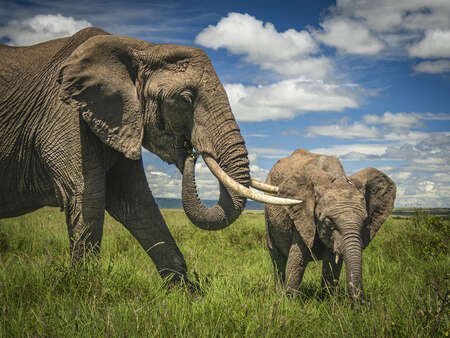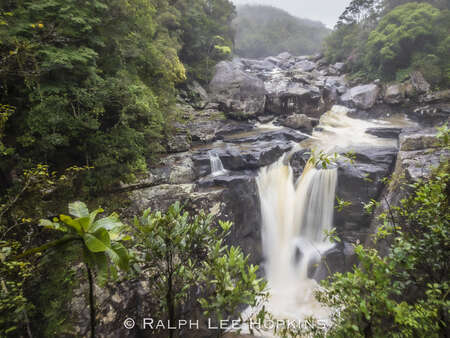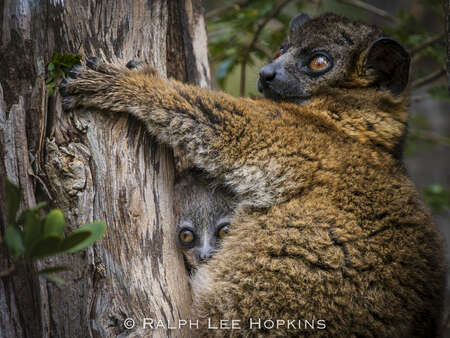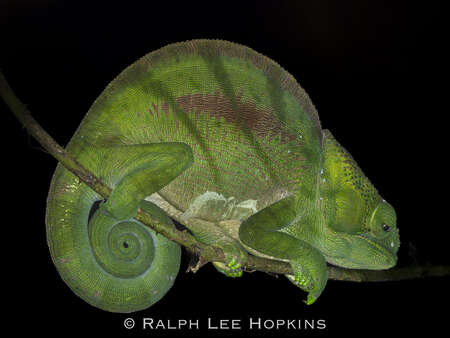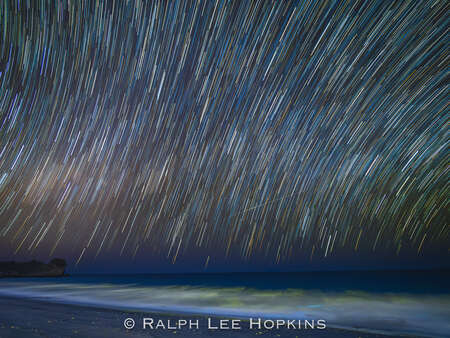Dispatch from the Field
The advent of Olympus mirrorless micro-four-thirds digital cameras – now OM SYSTEM – changed the way I shoot, making me far more productive than ever before. The in-camera technology is pushing the envelope while still being mindful of the photographer’s mantra – Light, Composition, Moment.
Recent expeditions to Madagascar and Kenya offer prime examples of why I made the switch to OM SYSTEM – the ultimate Expedition Cameras.
#1 – Size and Feel
My colleague and fellow OM SYSTEM Ambassador, Jay Dickman, hounded me for years, “Why are you still carrying that heavy DSL gear?” When the E-M1X came on the scene the debate was over. And now with the OM-1, my camera gear is over 35% smaller and lighter – a game-changer for getting to location, helping me to be in the right place, at the right time. For both the Madagascar and Kenya trips, the smaller size factor of OM camera equipment helped meet the mandatory weight limits for small plane charter flights, and also for managing gear in the field. Best of all, the small size of the camera and articulating LCD screen allows me to capture images from difficult angles and unusual perspectives.
#2 – Weather-sealed Equipment
Expedition photography requires shooting in all kinds of weather, which often can yield unique and spectacular images. No longer do I worry about wet or dusty conditions that take a toll on camera gear. It was a dream come true trekking for lemurs in the rainforests of Madagascar with Natural Habitat Adventures with weather-sealed camera gear.
I carry an arsenal of lenses and 2 camera bodies – one with a wide-angle zoom (12-100 or 12-200mm), the other with a longer telephoto zoom (40-150 or 150-400mm). I keep a micro-fiber towel handy to wipe down periodically, but no longer are there camera rain covers blowing in the wind.
#3 – In Camera Technology
Back in the film days it wasn’t so much about what camera system you used. In the Digital Age today, however, cutting-edge technology makes it all about the camera. And that’s where the OM advantage makes the impossible shot possible.
Autofocus tracking modes with 8-stops image stabilization has upped my game for wildlife photography. Now I push the limits, yielding tack-sharp full frame compositions at long range and in low light, critical with the lemurs in the dark rainforest, or a chameleon on a branch at night.
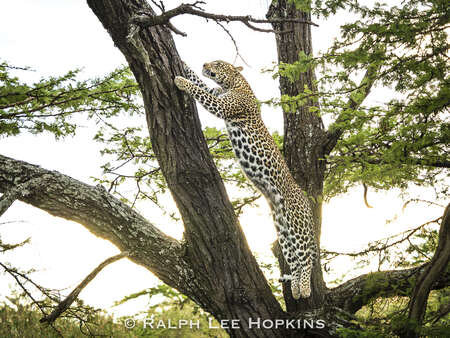
Autofocus tracking and a fast shutter-speed at high ISO stops the action. Leopard leaping up a tree, Maasai Mara National Preserve, Kenya.
OM-1 | M.Zuiko 40-150mm | 1/2000 sec @ f/4 I ISO 5000 | Hand Held
All this already blows my mind. But there’s more… The OM-1 can not only focus on the stars (!!!) but Live-Composite MODE can stack images in camera, great for star trails or light painting. This beach scene from Madagascar’s west coast is the perfect example of an in-camera Live-Composite image. In addition, there’s also Live-ND MODE, slow-shutter speeds are achievable in any light. With so many options, there is a learning curve for adventure photographers to utilize the full potential of the in-camera technology of OM SYSTEM state-of-the-art digital cameras. But once you have experience, the limit is only your imagination.
Colorado-based photographer Ralph Lee Hopkins travels the world with Lindblad Expeditions, National Geographic, and Natural Habitat Adventures. Ralph is founder and director of the Expedition Photography program for the National Geographic fleet. For more than 30 years he has traveled from the Arctic to the Antarctica and points in between.
CONNECT WITH RALPH
Website: Ralph Lee Hopkins
Instagram: @RalphLeeHopkins

